OFweek smart home network smart speakers, virtual voice assistant or smart home speakers, no matter what you like to call them, now it is a very hot and very cool product. Many people see it as the future of home automation. Not only can they control smart home products such as Philips Hue smart light bulbs and smart door locks, but they can also manage your schedule and help you develop more intimate features such as shopping lists.
All smart speakers on this list today have "lived" an artificial intelligence assistant. And these AI assistants are the core of a smart speaker, otherwise whether Amazon Echo, Google Home or Apple HomePod, are just an ordinary speaker.
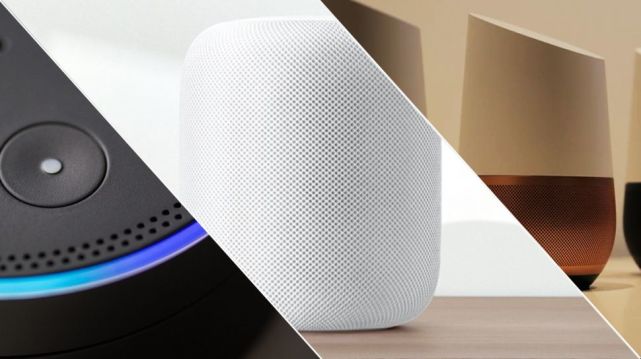
If you also intend to start with a smart speaker product, then let's take a look at each of us to analyze them one by one, so that you can know which one is best for you.
Amazon Echo
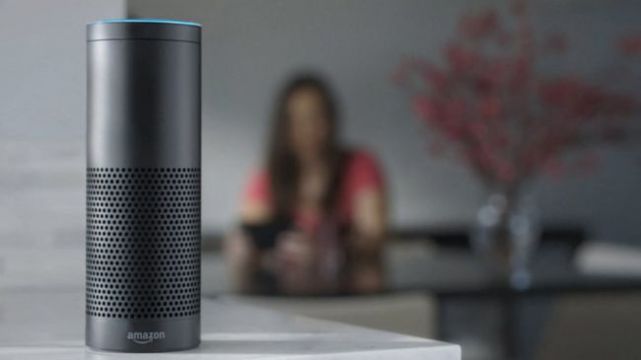
There is no doubt that Amazon's Echo is the leader in the field of smart speakers. Although it has been listed for 3 years, it is still the preferred choice for most users. Echo has been on the market for a long time and its sound quality is not so outstanding. What makes Echo sit on the top spot of the smart speaker market?
Yes, due to the long time to market, Echo supports many different types of products, and most mainstream smart home devices are Echo compatible, including Nest and Honeywell's smart thermostats, Philips Hue smart bulbs, LIFX smart bulbs, Belkin smart Sockets are even Samsung’s SmartThings platform, which is compatible with Echo.
Echo can also synchronize Amazon's streaming music service and connect with Google Calendar. Perhaps Echo sound quality is not the best, and the way to answer questions is not the best, but overall, it is indeed the most average product.
Advantages: Wide range of developer support, ease of use, and highest penetration rate;
Inadequate: sound quality needs to be improved;
Google Home
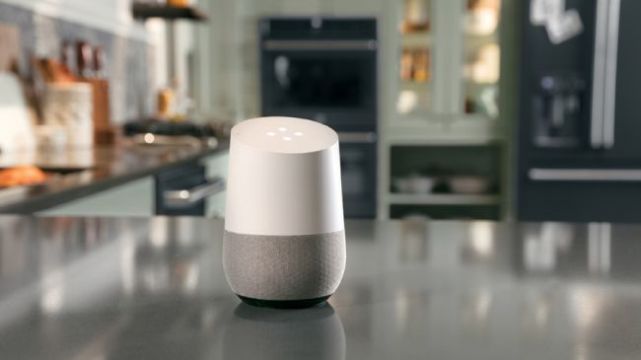
Followed by Google Home, it's a little bigger than Amazon Echo, and thanks to the power of Google Assistant, the smart features have obvious advantages. In addition, Google Home can also synchronize Chromecast streaming services.
Google Home does not support as many devices as Echo, but most of the mainstream services are still compatible. In addition, Google Home has been very urgent in the pursuit of Echo for more than a year since its inception, and its recognition ability is quite good, including automatic identification of different users, direct phone calls, and so on. Of course, in the future, Google Home will need to update more features to make it more perfect.
Google Home is a bit smarter than its competitors and it has a good sound quality. Basically, Google Home and Echo are two similar products. The gap between the two is not obvious.
Advantages: good sound quality, compatible with mainstream smart home platform;
Inadequate: Does not support Google's own service, voice command accuracy needs to be improved;
Amazon Echo Show
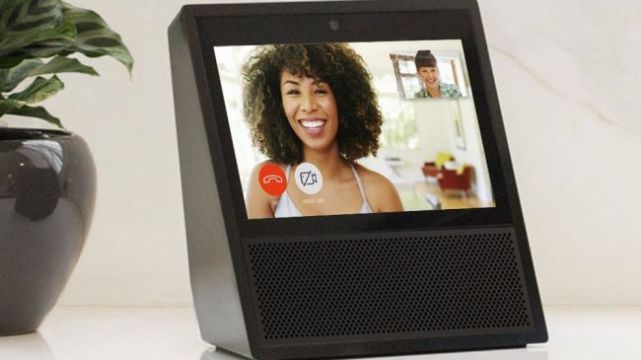
The Amazon Echo Show gives people a strange feeling. It is actually an Echo with a screen version added, and you can see text prompts. At the same time Echo Show is also more expensive than the regular version of Echo, of course, video calls are also an additional feature.
Echo Show is similar in function to Echo and is the youngest member of the Echo family. It has just been listed this week. Over time, there will be more and more services that will use the Echo Show screen and still integrate smart home devices, playing music and other routine operations.
Advantages: more than a screen, as good as Echo, can video chat;
Inadequate: more expensive price;
Apple HomePod
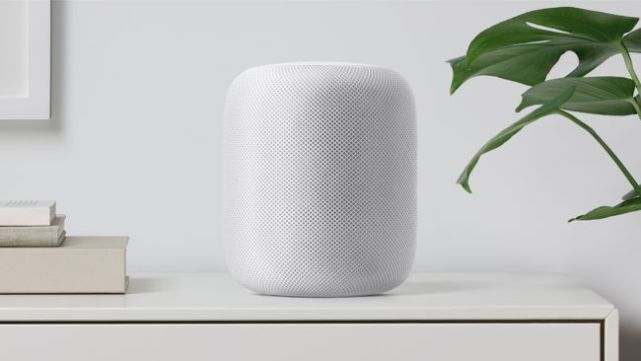
In a strict sense, Apple's HomePod is not a competitor to Echo or Google Home. HomePod focuses on wireless speakers and sound quality, so it can be seen as a competitor to Sonos. However, because it still has Apple’s Siri voice assistant built in, it is still on the list.
In order to ensure the sound quality, Apple plugged a full 7 loudspeakers into the HomePod and a 4 inch subwoofer, so there is no need to worry about the sound quality. Although HomePod's focus is on providing a better audio experience, support for the Apple HomeKit smart home platform will also provide some control center functionality. Currently HomeKit is still in its early stages, and HomePod will not be available until the end of the year. By then, we can be too sad that the iOS device or HomePod itself uses voice commands to control smart home products.
Currently, HomePod has not yet been officially released, so we only experienced a simple experience on WWDC. In the process of experience, Siri performance is not very good, but for Apple users, there is still time, and many people are looking forward to being placed in their home after HomePod listed.
Advantages: top quality, support HomeKit platform;
Inadequate: Siri is not yet mature;
Amazon Echo Dot
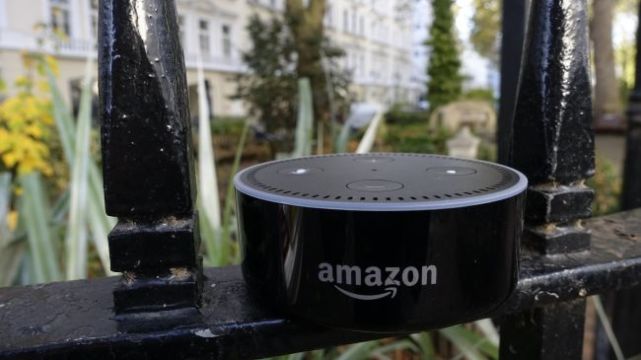
The last one on the list is Amazon's Echo Dot, which is a simplified version of Echo, which is consistent with Echo in terms of smart features, but it has shrunk in terms of sound quality. Of course, all users who purchase Echo Dot are not listening to music, so Echo Dot can also connect ordinary speakers through 3.5mm headphone jack. Yes, if you already have a great impression, then Echo Dot is the best choice. You can add some smart elements to your home at the same time with very little money. This is a win-win situation.
Echo Dot's price is very low, everyone can afford it, so it is likely to become the most powerful representative of the popular smart home market.
Advantages: small size, excellent speech recognition, very practical;
Inadequate: voice control function is limited;
Antenk PLCC connectors Series Sockets are low profile, thin wall sockets designed to convert plastic leaded chips to a thru-hole PCB format on a .100" centerline grid.Antenk's superior precision stamped contact design provides consistent, high retention contacts for all size chips.

PLCC Connectors -PLCCSockets
A PLCC socket is a component that connects a chip carrier to an electronic circuit via surface-mounting or through-hole technology.
Plastic leaded chip carriers (PLCCs) are used in surface-mount technology where electronic circuits are produced, and components need to be mounted or placed directly onto a printed circuit board (PCB). The chip carrier is placed in a PLCC socket, which is either surface-mounted or features through-hole technology. A specialised tool called a PLCC extractor is needed to remove the chip carrier from the PLCC socket.
What are PLCC sockets used for?
PLCC sockets are used in surface-mount device (SMD) and surface-mount technology (SMT) applications. PLCC sockets made of heavy gauge copper alloy are compatible in high shock / high vibration applications. PLCC sockets made of rolled-leaf copper are useful in low-cost computer applications.
Types of PLCC sockets
The two primary categories of PLCC sockets are:
Surface-mount PLCC sockets, which are used in devices sensitive to heat from the reflow process. These allow for component replacement without redesigning or reworking the entire PCB.
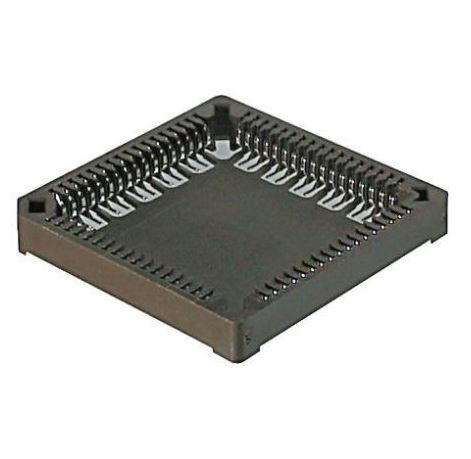
Through-hole technology PLCC sockets are necessary when a device requires stand-alone programming with flash drives or memory devices. These are also beneficial for prototyping activities where wire wrapping is required.
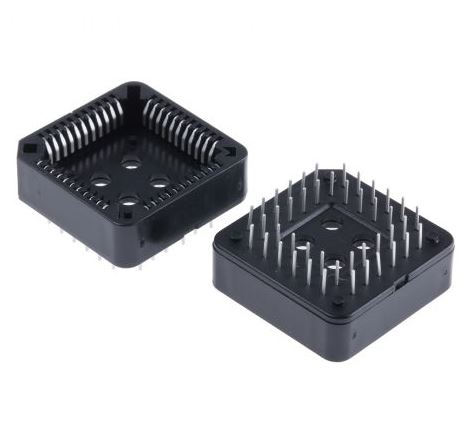
Plcc Socket,Plcc Connector,Plcc Socket Connector,Smd Plcc Connector,PLCC Connector DIP,PLCC Connector SMT
ShenZhen Antenk Electronics Co,Ltd , https://www.coincellholder.com
